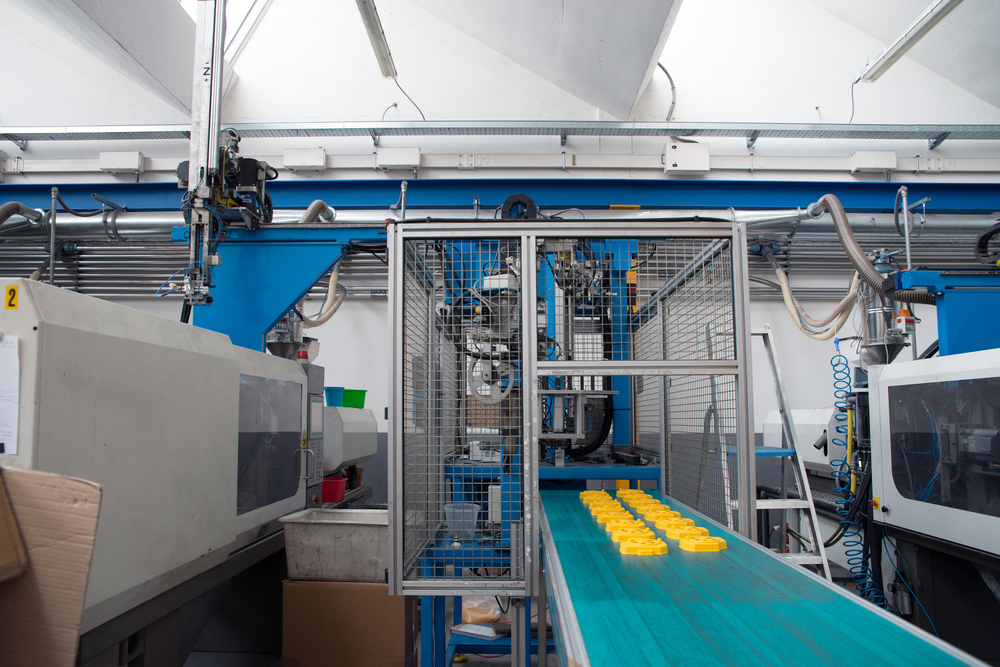In part one of this two-part blog series, we went over some of the basics on the plastic injection molding process and the hydraulic systems that for many years were the foundation for this process. Custom injection molding involves clamping together two molds with extreme force, which is the area hydraulic systems handled for many years.
At EnviroTech Custom Injection Molders, our custom injection molding services utilize both these hydraulic options and modern electrical systems when it comes to providing the force necessary to create your molds. In today’s part two, we’ll go over the origins and benefits of the electrical molding system, plus how today’s hybrid systems combine the best of both worlds to bring you precise, strong and durable industrial molding solutions.
Electrical Injection Molding Systems
As we noted in part one, hydraulic systems were really the only option for clamping the two halves of an injection mold for many decades, ranging from their creation in the 1930s all the way into the mid-80s. In 1984, however, an all-electric injection molding machine was introduced in Japan – it took a bit of time, but these systems are now hugely popular all over the world, including in the United States.
Electrical plastic molding systems utilize digitally-controlled servo motors for their power rather than hydraulics. This means they can bring faster and more repeatable processes, plus those that can be more precise and more energy-efficient. Once you pinpoint a given process within your system, it can be replicated consistently with ease, allowing for the creation of bulk projects for a variety of major industrial applications. These systems can also run unattended, which lowers labor costs.
Some specific benefits of electric molding systems:
- Precision and repeatability, along with low scrap rates
- Lower down time than hydraulics
- Cleaner processes with no fluid leaks
- Major energy savings
- Quieter and fast operation, plus shorter startup time
- Lower unit cost and less material waste
- Lower power requirements that lead to lower operating costs
Electrical systems are often used for classroom applications, medical products and various other small- or medium-sized parts. They cannot quite achieve the clamping force of a hydraulic system, however,
Hybrid Systems
Hybrid injection molding machines have also been on the market for a couple decades now, and they’re meant to combine the benefits of hydraulics and electrical systems. They utilize the high clamping force of hydraulics, but combine this with the precision, energy savings and reduced noise associated with electrical systems.
Some of the specific advantages of hybrid systems include:
- Electrified screw rotation that limits screw recovery needs
- Diversity in product specifications through design consultation
- Continuous adjustments by the servo pump
- Reasonable costs (lower than hydraulic, higher than electric)
- Closed loop processes with a faster response time
- Lower temperatures required for limited cooling times and extended machine life
Hybrid machines can be used for a variety of wall thickness needs, including heavy industrial projects.
For more on the kinds of systems used for plastic injection molding, or to learn about any of our design consultation or other services, speak to the staff at EnviroTech Custom Injection Molders today.

